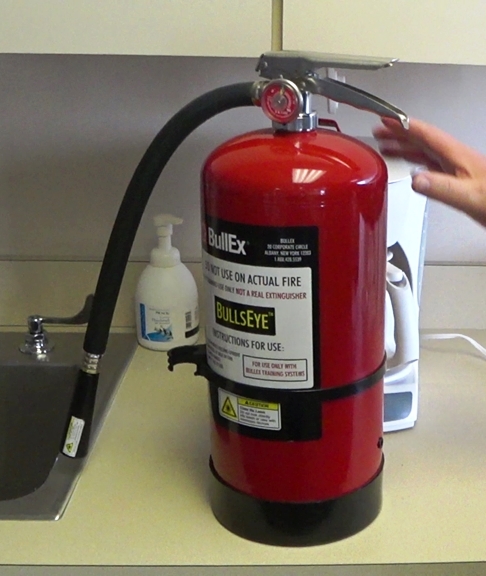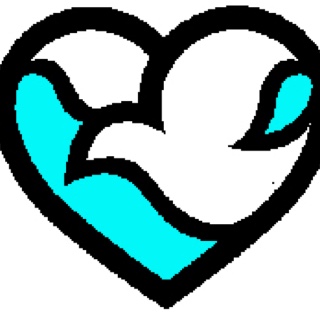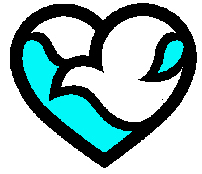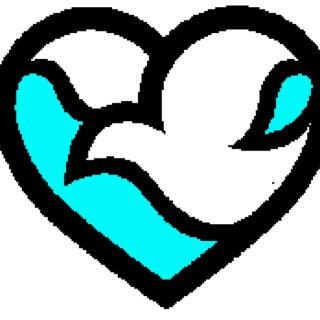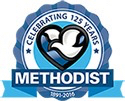Information
-
Audit Title
-
Client / Site
-
Conducted on
-
Rick Hacker, CHSP, Safety Coordinator
-
Location
-
Personnel
ENVIRONMENT OF CARE
-
No items stored under sinks?
-
Equipment / Furniture:<br> * No broken equipment or furniture stored on the patient care units.<br> * Coverings are intact - no rips or repairs needed.
-
Potential safety hazards: Housekeeping & Maintenance carts & buckets are attended and locked. All fluids are labeled.
-
Laundry and trash chute accesses are locked.
-
Hazardous rooms are locked: EVS closets, supply closets, mechanical rooms and electrical panels.
-
Hazardous chemicals and flammable agents are labeled and stored properly.
-
Eyewash stations: Inspection tags are present and up to date.
-
Refrigerators: Contain only those items designed for that refrigerator (specimen, medications or patient food)
-
Refrigerators: If manually monitored, logs are complete. Both manual and temp track-documentation is present for actions taken to correct out of range temps.
-
Blanket, item warmers: Set to maintain temp of 130. Necessary logs completed including actions taken to out of range temperature readings.
-
Electrical safety: Use of hospital grade power strips, plugs & receptacles in good condition.
-
No outer shipping carton boxes in patient care areas.
-
No expired items.
-
Preventative Maintenance:<br> * Equipment checked with up to date bio-med sticker.
-
Central Alarm Monitor:<br> * Logs accurate and complete.
EMERGENCY PREPAREDNESS
-
Can staff locate medical gas zone shutoff valves.
INFORMATION MANAGEMENT
-
Confidential Patient Information:<br>Cannot be overheard or seen by unauthorized persons:<br> * Computer terminals signed off when not in use.<br> * Patient information is not discussed in public areas.<br> * Labels and PHI are obliterated before discarding in the trash.
-
No clipboards displayed as sign-in sheets when multiple patient names on the list.
-
If fax machine is in public area, patient information is quickly removed.
LIFE SAFETY
-
Appropriate storage of boxes and pt care items:<br> * Not directly on floor.<br> * 18" clearance from sprinkler head.<br> * Boxes stored on shelves close to floor must have solid bottom and high enough to not incur water damage from mopping.<br> * Volume of combustible material is not stored in large quantity as to create a fire hazard.
-
Oxygen or other combustible compressed gas cylinders are stored properly:<br> * Secured in floor stand, carrier or secured to the wall by a mount. (not laying on the floor or against wall)<br> * Limited to 12 E-cylinders per smoke compartment.<br> * Greater than 12 stored in a secured room.
-
Fire exits and hallways are cleared:<br> * Egress corridors must have 8ft clearance.<br> * Equipment in corridors must be actively accessed to be in use.
-
Fire alarm pull stations, fire extinguishers, medical gas shutoff valves are not blocked.
-
Fire extinguishers have been inspected monthly.
-
Maximum of 2-32 gallon trash cans in a 10x10 room. (unless fire rated)
-
Fire doors are not blocked or propped and when closed there is positive latching.
-
Exit signs are illuminated.
-
Evacuation route posted & current.
-
Everyone has ID badges and worn appropriately:<br> * Staff and Visitors
-
Ceiling tiles are in place, no cracks, holes, misaligned or visible stains.
-
Floors, ceilings, walls, and other surfaces intact and free from holes.
-
Nurse call lights working.
STANDARD PERFORMANCE IMPROVEMENT
-
Are units quality improvement dashboards posted on unit.
-
Is unit's PI project data posted.
PROVISION OF CARE TREATMENT AND SERVICES
-
Are there any alarms sounding that staff is not attending to in a timely manner.
INFECTION PREVENTION
-
Food and drink in designated areas:<br> * No evidence of it in patient rooms/area, perches, hazardous chemical storage area, laboratory specimen area.
-
Hand Hygiene Products:<br> * No empty alcohol gel bottles<br> * No empty soap or paper towels<br> * No unapproved lotions
-
PPE:<br> * Readily available<br> * Clearly marked<br> * Worn correctly<br>
-
Patient food & drinks: No expired items.
-
Biohazard Waste:<br> * Discard in Red Bags with a biohazard symbol<br> * Not overfilled<br> * Covered when transported<br>
-
Soiled Linen: Properly stored and not overfilled.
-
Separation of clean vs. dirty supplies & equipment:<br> * Clearly marked<br> * Clean items if stored in soiled utility are covered & clearly marked
-
Patient care supplies:<br> * Not expired, damaged, soiled.
-
Linen and Linen Carts: Covered and carts have solid bottoms.
-
Sharps Waste:<br> * Placed in puncture resistant sharps container.<br> * Disposed of when 3/4 full or "full" indicator<br> * Mounted appropriately
-
General Cleanliness:<br> * Observe surfaces for high dust & residue, floors, stairwells, nutritional area, med prep areas, pt rooms & bathrooms<br> * No blood or bodily fluids
-
Air vents: Clean
-
All items in PT care area that are not disposable are able to be wiped down.
-
Curtains, drapes or blinds clean.
-
Negative and Positive air flow rooms function appropriately.
-
Ice machines clean.
-
Water fountains clean and functioning.
DESCRIBE THE UNITS RESPONSE TO YOUR ARRIVAL
-
Greet the team with smiles and introductions.
-
Any additional comments regarding positive or suboptimal issues observed during the tracer.
-
Tap to enter information






